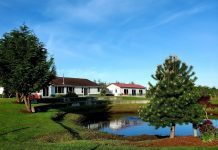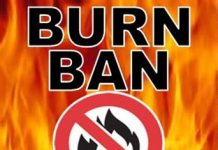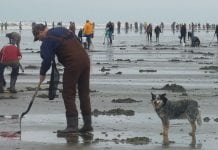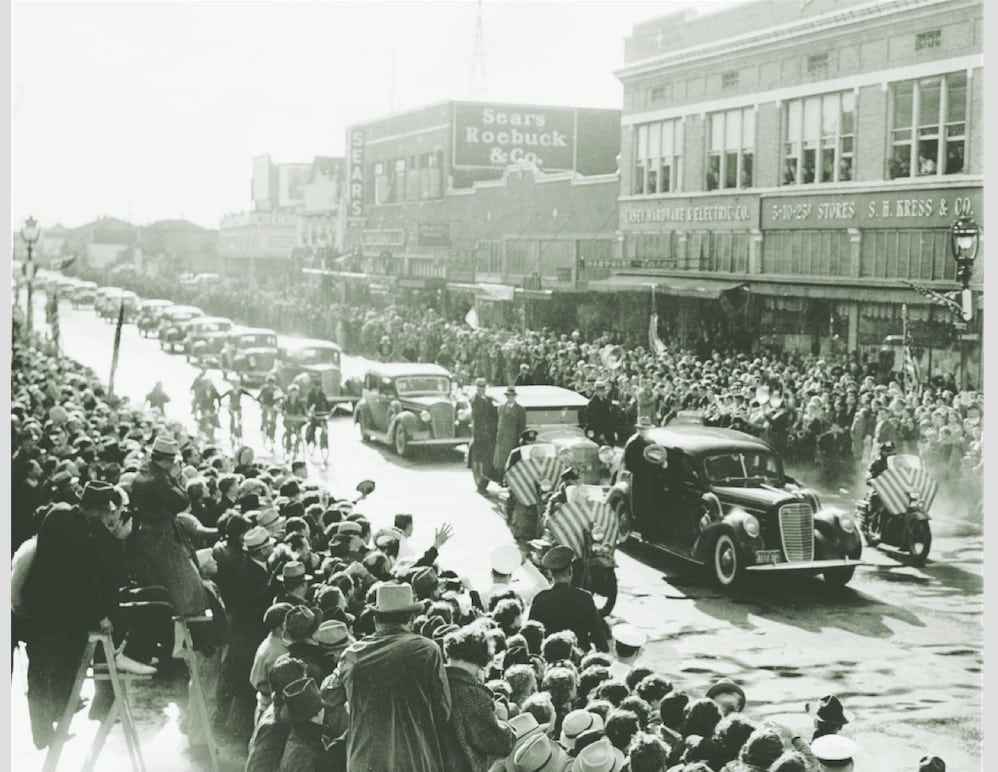President Franklin Delano Roosevelt was coming to Grays Harbor and nerves were high. There was a possibility that a storm may be hitting the region, which would cancel his visit due to unsafe road conditions. The moods of many in Grays Harbor were becoming as dark as the skies above were predicted to be.
 North, on the other side of the rugged and wild Olympic Mountains, the President of the United States was visiting with one agenda item being to decide if the Olympic National Park should be created. His concerns were not with the rain, but with the future of the region. After staying at Lake Crescent, his plan was to drive down to Quinault, then through Aberdeen and Hoquiam on his way to Olympia and Tacoma. President Roosevelt was scheduled to visit Grays Harbor on the first of October, but even on September 29, his visit wasn’t guaranteed; good weather was needed for him to make the drive.
North, on the other side of the rugged and wild Olympic Mountains, the President of the United States was visiting with one agenda item being to decide if the Olympic National Park should be created. His concerns were not with the rain, but with the future of the region. After staying at Lake Crescent, his plan was to drive down to Quinault, then through Aberdeen and Hoquiam on his way to Olympia and Tacoma. President Roosevelt was scheduled to visit Grays Harbor on the first of October, but even on September 29, his visit wasn’t guaranteed; good weather was needed for him to make the drive.

The year was 1937 and while America was still fighting through the Great Recession, there was optimism and hope for residents all around the Olympic Peninsula. If the predicted stormy weather and heavy rains stayed away, Grays Harbor would have its first visit from a sitting President.
Six years earlier, the Olympic Loop Highway had been completed, allowing a full drive around the region, ideal for President Franklin Delano Roosevelt on this 1937 visit. The completed road not only offered the President, who was battling polio, a seated view of the wilderness he would quickly protect as a National Park, it gave him a chance to tour the small towns and timber industry cities around the Olympic Peninsula. It was also a chance to return to the region, having last visited Grays Harbor as a Vice Presidential candidate in 1920.
This visit, unlike the failed White House bid 17 years earlier, would be one for the history books. His visit would have 83% of the county turn out to see him, lining the streets, stopping football games and bringing patients out from their hospital beds.

After spending the night at Lake Crescent, President Rosevelt’s motorcade worked its way down to Forks to meet stars of the logging industry, then headed to Quinault for a lunch at the Lake Quinault Lodge, known at the time as the Lake Quinault Hotel. As he dined on salmon and talked of protecting the region’s natural beauty, the towns of Aberdeen and Hoquiam readied for the well-liked leader of the nation.
FDR was only going to be in town for a short time, but that wouldn’t stop nearly every resident of the region from turning out to see the leader of the Democratic world. Leaving Quinault, the President was greeted by members of the Quinault Tribe, canoeing down the Quinault River as his car drove over the bridge.
As the motorcade reached the outskirts of town, President Roosevelt was greeted by political symbols celebrating the democratic party, pro-logging industry floral displays and endless welcome signs. The city of Hoquiam hoisted a sign that read “Hoquiam, Farthest West, Welcomes You,” possibly just another way to stoke the flames of rivalry between them and Aberdeen.

As he entered the main part of both towns, 50,000 people lined the streets. The day was declared a half-holiday for both towns, letting business owners close shop for the latter part of the day for the big event. The streets were so full, many eager attendees climbed telephone poles for a better vantage point. Those climbing poles or sitting atop buildings saw their effort wasted, as Roosevelt was riding in a closed top vehicle.
After a quick speech in both towns, the Presidential visit was over for Aberdeen and Hoquiam. Community members returned home, marveling at what they witnessed, but the motorcade continued to visit towns throughout Grays Harbor County. Passing through Montesano, he soon reached Elma where he was met by the football teams of both Elma and Montesano High Schools who were playing a game that day. Dressed in their uniforms, the game was reportedly halted for over an hour as the crowds waited for the President to pass.
As the afternoon became evening, President Roosevelt left Grays Harbor, heading to Olympia and then Tacoma. Upon his return to Washington, D.C., he would let the American public know his plans to protect and create the lands now known as Olympic National Park.
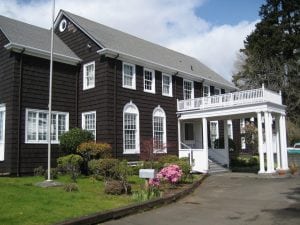
While many residents may know of this Presidential trip to our communities, the size and scope of the event is difficult to image. Five of every six residents stood outside during off and on rain showers, all for a quick glimpse of President Roosevelt. On that day, the community came together as one to welcome the democratically elected President, cheering and waving with joy and enthusiasm. Today, we can only look back at this event and marvel, as the region hasn’t seen a Presidential visit since.
For more amazing resources on this historic Presidential visit, we encourage a visit to the Polson Museum in Hoquiam. Museum staff helped with information for this article and have incredible knowledge about the history of our region. Also at Polson, you can see a few of the remaining images of this visit and even a very short film from that day. If you plan on watching the film, please call ahead and set up a time. A visit to the Aberdeen Museum of History is also worth the stop, as they also have information about the time when President Roosevelt came to Grays Harbor.
















